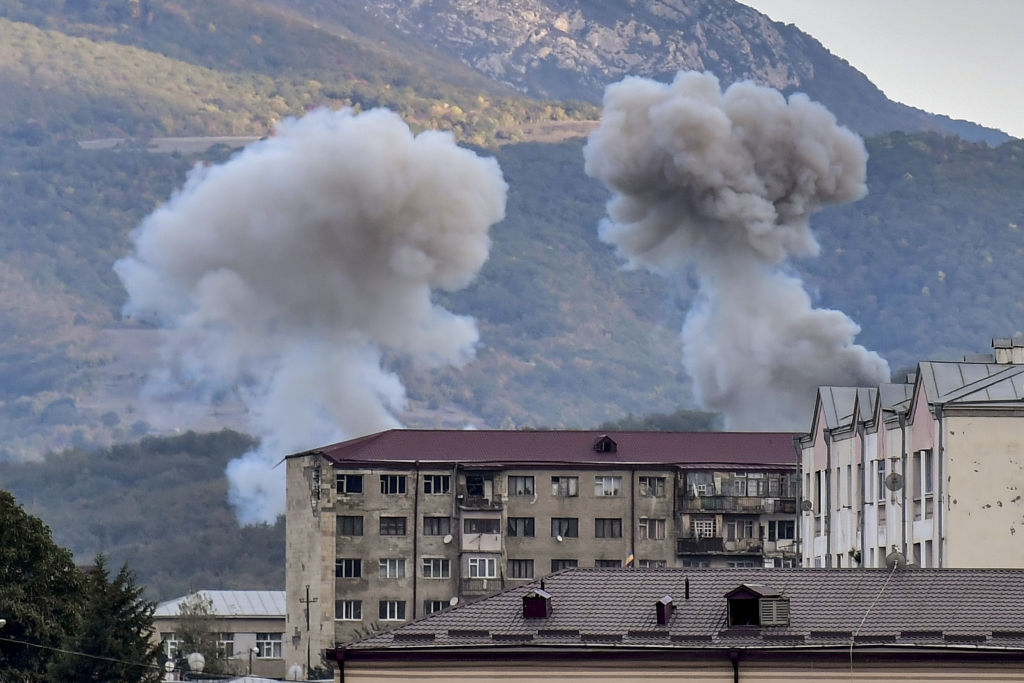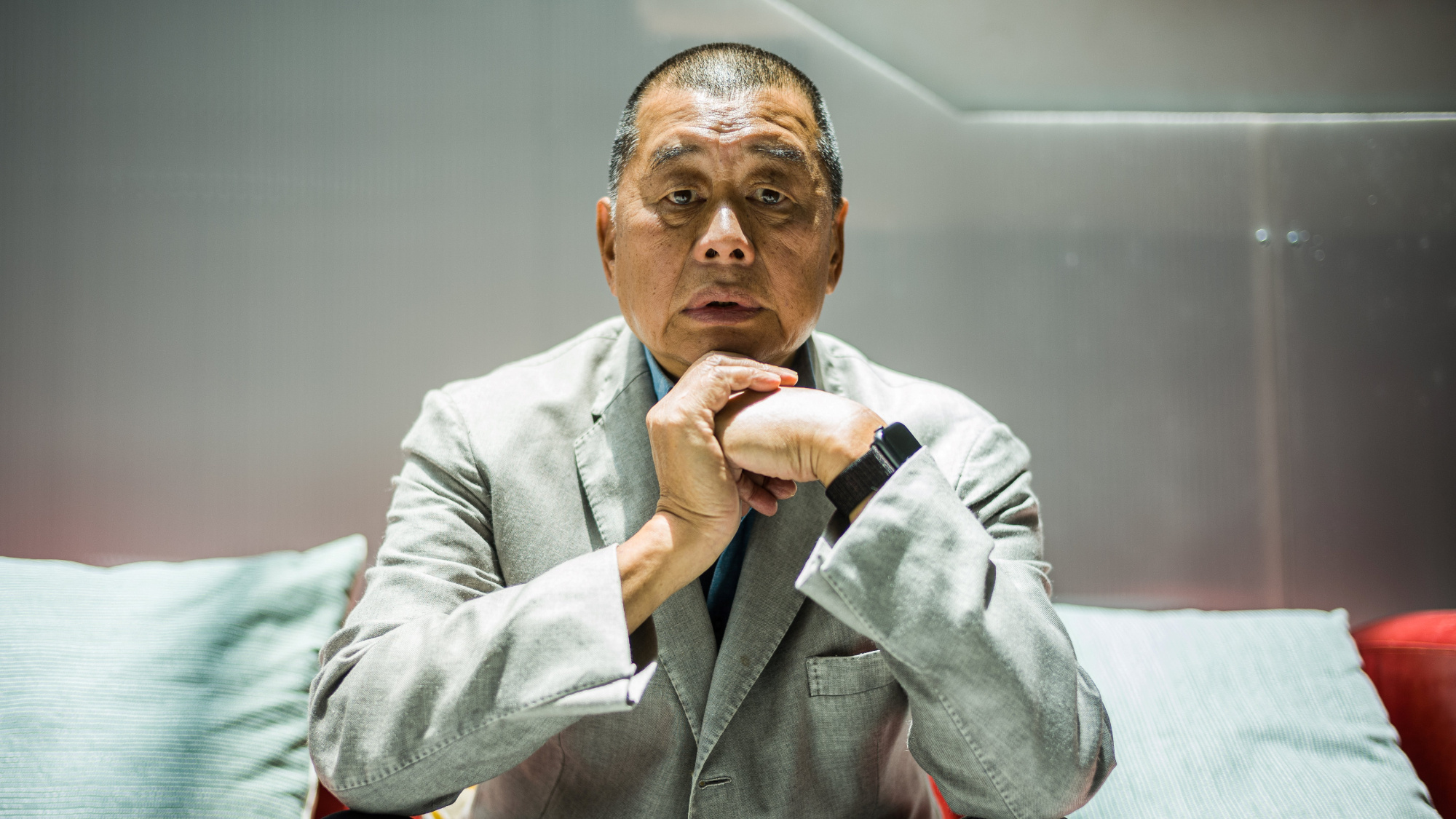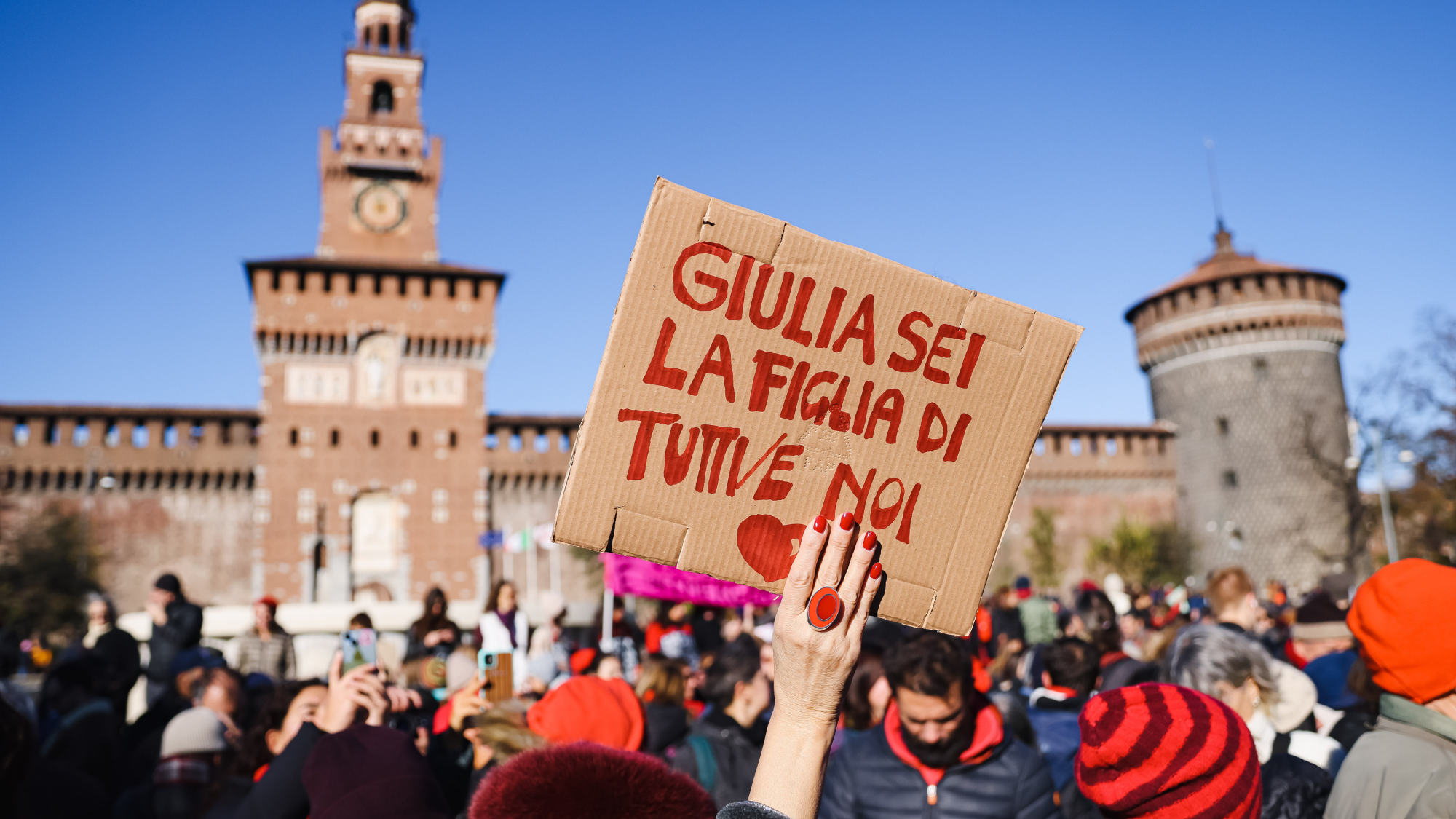Why Azerbaijan may not want a long-term ceasefire with Armenia in disputed region


Armenia and Azerbaijan have agreed to a temporary ceasefire, which went into effect Saturday after nearly two weeks of violent conflict in the disputed Nagorno-Karabakh region so the two sides could exchange prisoners and recover bodies. Both countries quickly accused the other of breaking it, although the main cities that have experienced shelling so far — Shushi and Stepanerkt — have reportedly experienced a respite from the violence.
The agreement was reached after 10 hours of negotiations in Moscow. Russian Foreign Minister Sergei Lavrov said Yerevan and Baku would now begin "substantive talks," but not everyone is optimistic, since both sides appear to be rigid in their demands.
Armenian Foreign Minister Zohrab Mnatsakanyan said Armenia wants Nagorno-Karabakh — officially recognized as part of Azerbaijan, but mostly governed by ethnic Armenians — to be an independent state, while Azeri Foreign Minister Jeyhun Bayramov said not enough pressure was placed on Armenia during the discussions, adding that Azerbaijan, which is backed by Turkey, expects to take control of more territory and the ceasefire will only last as long as it takes for the Red Cross to arrange for bodies to be exchanged.
The Week
Escape your echo chamber. Get the facts behind the news, plus analysis from multiple perspectives.

Sign up for The Week's Free Newsletters
From our morning news briefing to a weekly Good News Newsletter, get the best of The Week delivered directly to your inbox.
From our morning news briefing to a weekly Good News Newsletter, get the best of The Week delivered directly to your inbox.
Per Al Jazeera, there is a sense among the Azeris that, after 30 years, "this is the first time they have the upper hand" thanks to increased military power and "sophisticated weapons," and, therefore, a long-term ceasefire reportedly may not be widely desired. Read more at BBC and Al Jazeera.
A free daily email with the biggest news stories of the day – and the best features from TheWeek.com
Tim is a staff writer at The Week and has contributed to Bedford and Bowery and The New York Transatlantic. He is a graduate of Occidental College and NYU's journalism school. Tim enjoys writing about baseball, Europe, and extinct megafauna. He lives in New York City.
-
 A lemon-shaped exoplanet is squeezing what we know about planet formation
A lemon-shaped exoplanet is squeezing what we know about planet formationUnder the radar It may be made from a former star
-
 Political cartoons for January 4
Political cartoons for January 4Cartoons Sunday's political cartoons include a resolution to learn a new language, and new names in Hades and on battleships
-
 The ultimate films of 2025 by genre
The ultimate films of 2025 by genreThe Week Recommends From comedies to thrillers, documentaries to animations, 2025 featured some unforgettable film moments
-
 Israel approves new West Bank settlements
Israel approves new West Bank settlementsSpeed Read The ‘Israeli onslaught has all but vanquished a free Palestinian existence in the West Bank’
-
 US offers Ukraine NATO-like security pact, with caveats
US offers Ukraine NATO-like security pact, with caveatsSpeed Read The Trump administration has offered Ukraine security guarantees similar to those it would receive from NATO
-
 Hong Kong court convicts democracy advocate Lai
Hong Kong court convicts democracy advocate LaiSpeed Read Former Hong Kong media mogul Jimmy Lai was convicted in a landmark national security trial
-
 Australia weighs new gun laws after antisemitic attack
Australia weighs new gun laws after antisemitic attackSpeed Read A father and son opened fire on Jewish families at Sydney’s Bondi Beach, killing at least 15
-
 How Bulgaria’s government fell amid mass protests
How Bulgaria’s government fell amid mass protestsThe Explainer The country’s prime minister resigned as part of the fallout
-
 Benin thwarts coup attempt
Benin thwarts coup attemptSpeed Read President Patrice Talon condemned an attempted coup that was foiled by the West African country’s army
-
 Femicide: Italy’s newest crime
Femicide: Italy’s newest crimeThe Explainer Landmark law to criminalise murder of a woman as an ‘act of hatred’ or ‘subjugation’ but critics say Italy is still deeply patriarchal
-
 Brazil’s Bolsonaro behind bars after appeals run out
Brazil’s Bolsonaro behind bars after appeals run outSpeed Read He will serve 27 years in prison
